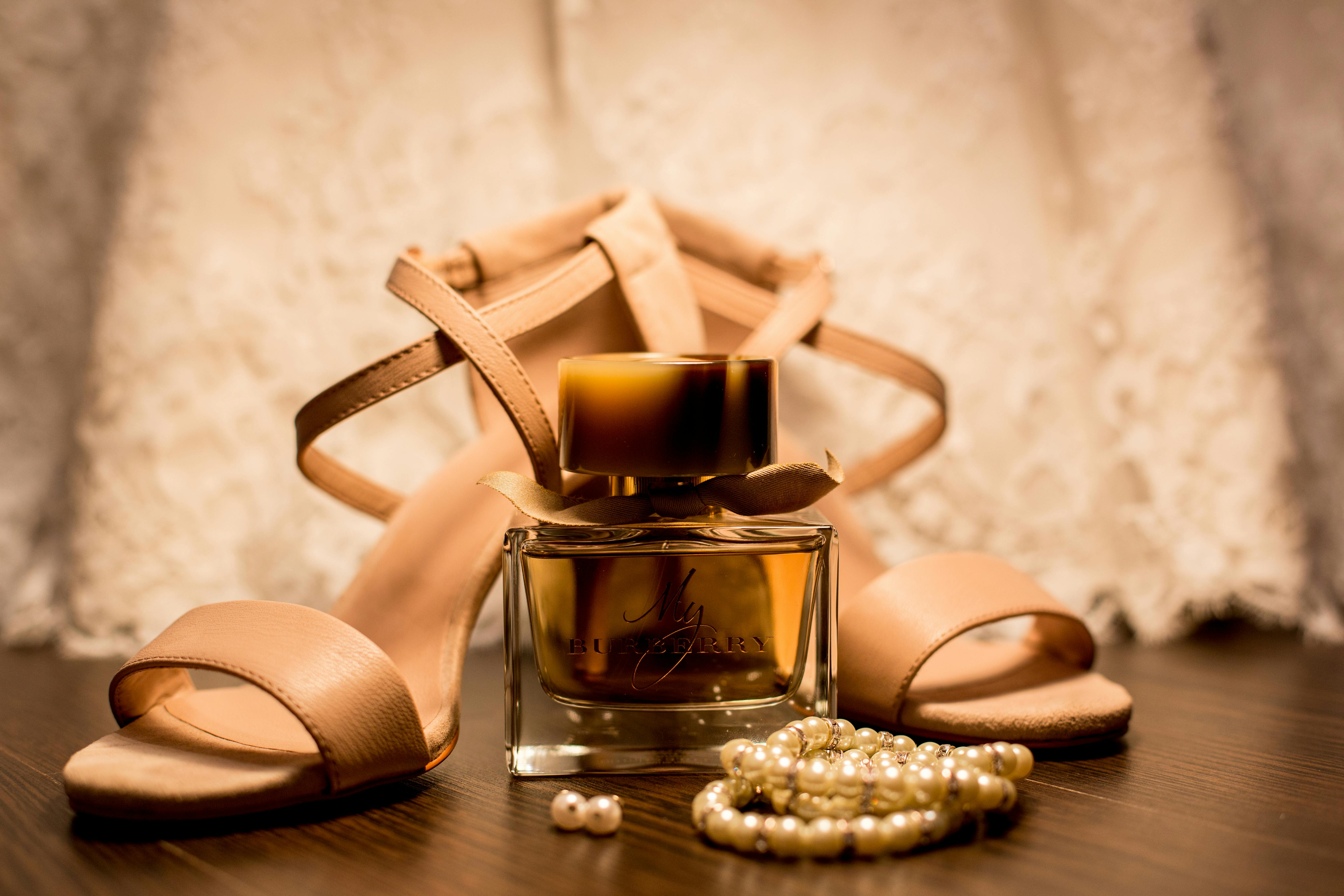It reminds you of the bumblebee waltz, but this is not a waltz and this is not a bumblebee.
One of the signs of summer is the arrival of one of nature’s great impostors. His appearance marks the beginning of a new season, the time of the Bot Fly. Bot flies, which resemble large brown bumblebees, herald the beginning of your horse’s summer torture.
These large flies buzz and buzz around cattle preparing to lay their eggs and start a new cycle for the fly. Horses in particular are a favorite and flies aggressively lay several hundred eggs along the hairs on the legs and chest of the horse’s coat. The buzzing heralds the approach of the fly and the subsequent touch of the fly of the horse’s skin, often driving horses mad. Jumping, shaking, and running to evade these buzzing invaders is often fruitless as the flies will persist until they can lay their eggs.
To spread, flies need their eggs to be ingested by the animal, and sometimes humans, where they grow and develop. The eggs, safely contained in the host’s stomach, adhere to the stomach wall and remain for 10 months. Here they are fed by the host and fed until they hatch into larvae that pass through the intestinal tract through manure.
The resulting infested manure provides the next stage in the bot fly’s life cycle and the larvae now pupate. This stage takes about two months to complete and, like a butterfly, the Bot Fly emerges to complete the next step in the long life cycle.
The adult fly, resembling a hairy brown bumblebee, flies in search of a suitable host for the next generation … once mating is complete and eggs are laid, the fly dies and the cycle is complete.
It’s amazing how life evolves to perpetuate itself, but doing so can harm the host. The damage is usually minimal and more studies are needed to effectively evaluate the long-term effects, but there is mild damage to the stomach wall. Necropsies reveal a pitted area in the stomach wall where Bot’s eggs were attached. Usually the stomach heals on its own, but in severe infestations it can cause colic, stomach ulcers, and even death if the stomach ruptures. Infested horses often look bad as feeding insects drain nutrients and blood from the horse’s system. The horse’s immune system is weakest when infested and has greater difficulty with disease and winter hardiness.
So how do you prevent the Bot fly from infesting your horse? It can only be done by breaking the cycle.
In the past, horsemen and women used toxic antiparasitic agents to kill the stomach eggs and special combs or knives to scrape the eggs off the horse’s body.
Now a more ecological and respectful product with the earth (and the animals) is used. Diatomaceous earth is an easier and more natural way to break the Bot Fly cycle. Diatomaceous earth, often called DE, is bad for bots but good for horses. Feeding your horse DE daily will kill the eggs, larvae, and pupae in the resulting manure and will also improve your horse’s health.
Diatomaceous earth is the skeletal remains of a microscopic creature. These creatures, called diatoms, were tiny algae from millions of years ago and left large skeletal deposits on the ancient seabed. Today it is mined and used in many ways for a greener world.
DE works on Bot Flies in a number of ways. It first kills the eggs and larvae in the stomach by dehydration and then removes them from the system. Once passed, the DE will kill the pupae that hatch in the manure and also the eggs and larvae of any other flies. The use of DE will reduce the bot fly population in addition to the common house fly and deer fly populations.
The DE then supplies additional minerals to the horse system. ED is itself a mineral (silicon dioxide for bone and hair growth), but it also includes 13 other trace elements, all of which are essential for overall good health. Trace elements are calcium, magnesium, titanium dioxide, gallium, vanadium, strontium, sodium, boron, iron, potassium, manganese, copper, and zirconium. This supply of minerals stimulates the horse’s immune system and supports general good health.
DE also cleans the system. Dead eggs and larvae are flushed out of the horse’s digestive system with DE and additionally purged of sand or other unexploited debris. DE will also kill other internal parasites and worms and eliminate them as well. A horse with clean intestines is a healthy and happy horse.
Horses should be fed approximately ½ cup to 1 cup of DE per day. This will depend on the size of the horse, but adjust accordingly. A good rule of thumb is to feed 2% DE per body weight of the animal. Always start with a little and work your way up to the amount. This avoids a great death of parasites that could cause distress to the animal. Start gently and in 7-10 days gradually build up to the full amount.
A WORD OF CAUTION, not all EDs are the same. Food Grade DE is the ONLY safe to use with animals. Commercial grade or “pool” DE is indeed dangerous for use with people or livestock. USE FOOD GRADE DIATOMACEOUS EARTH ONLY.
ED can be fed during fly and parasite season or it can be fed throughout the year. It’s gentle on the horse’s system and the mineral benefits make it a stable staple. Once you start using DE, you will never miss this impostor bumblebee and his waltz again … in fact, the silence that Diatomaceous Earth creates may be the only music you want to hear.

